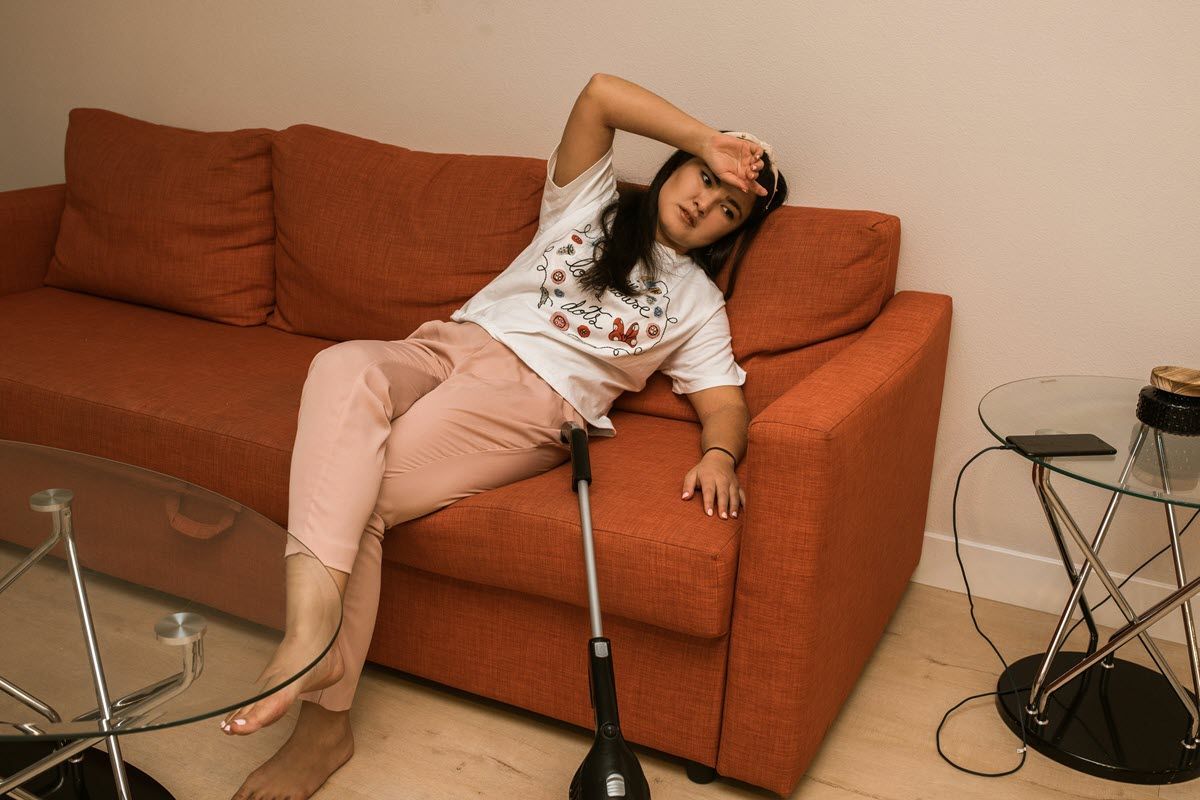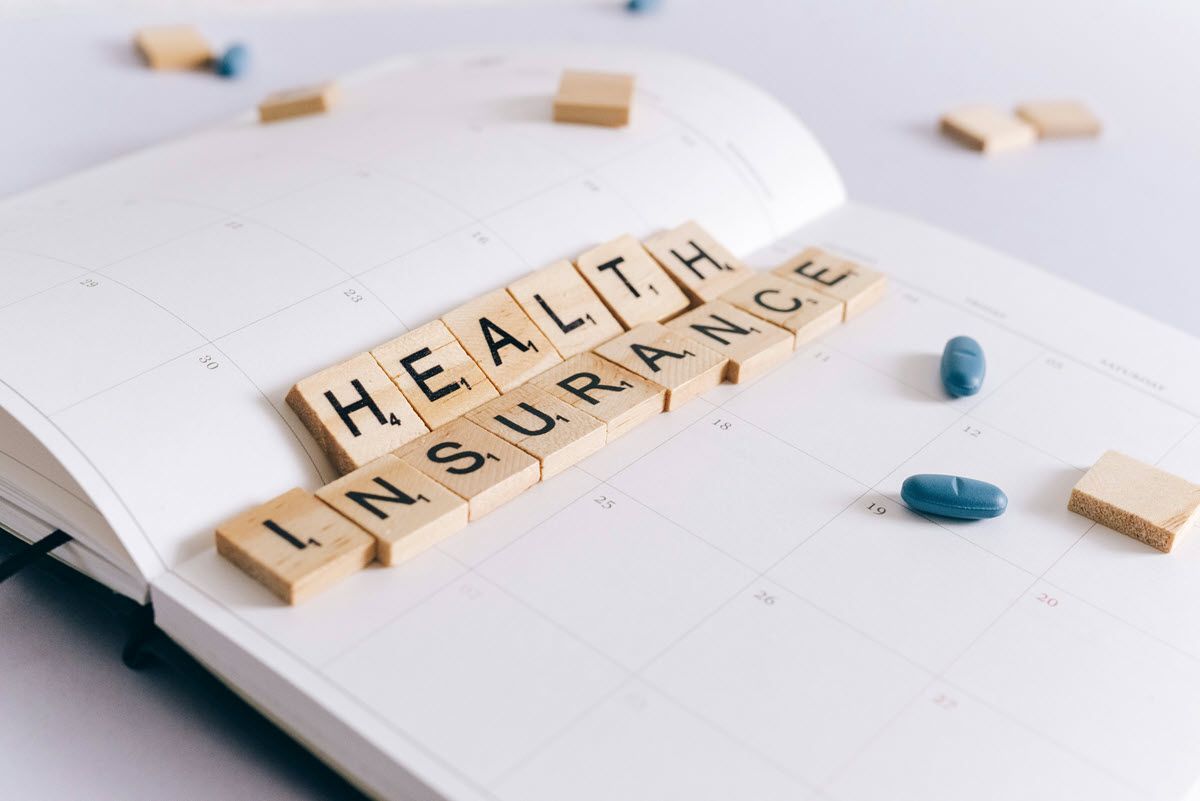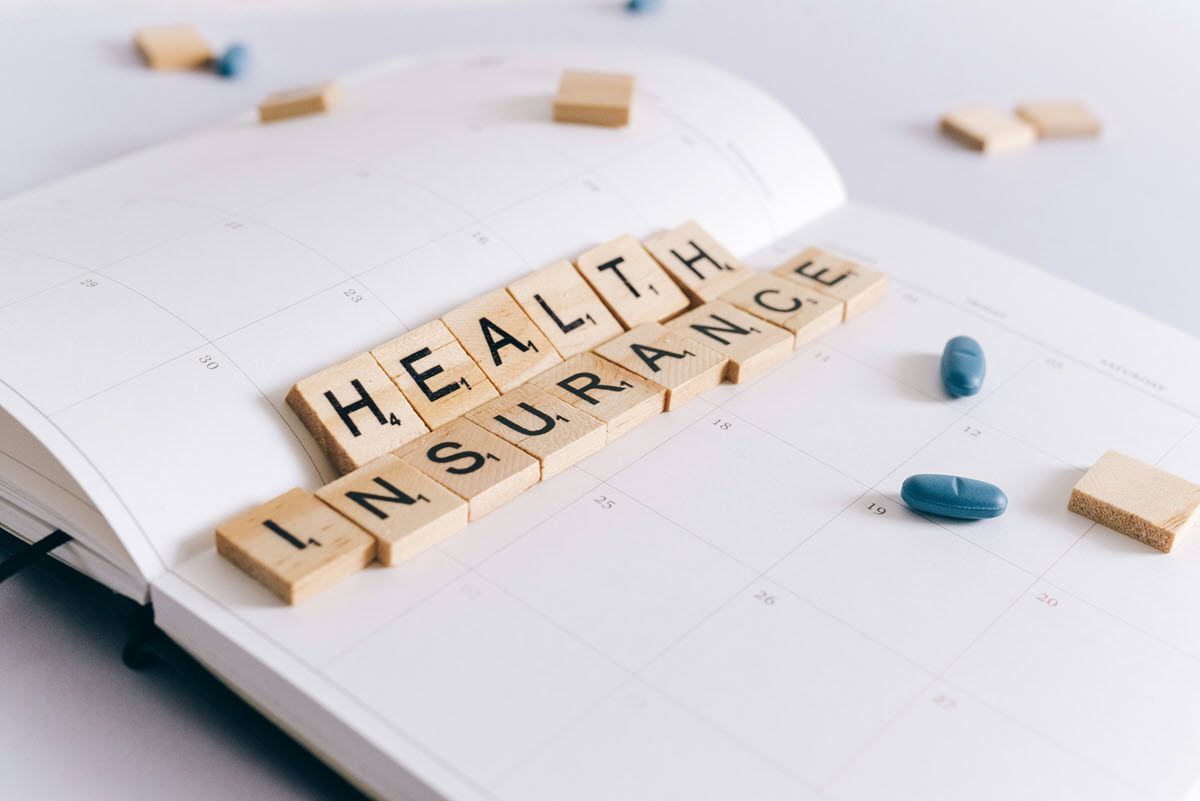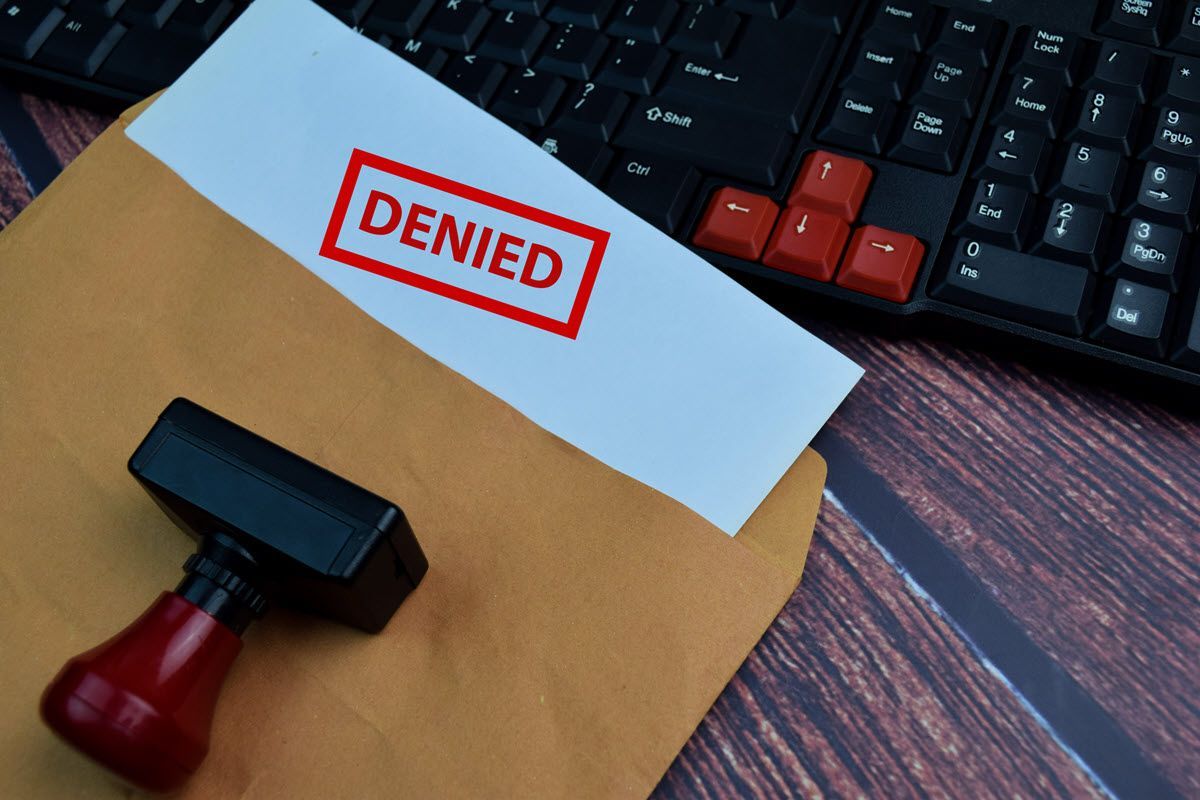Most Americans Still Lack Disability Insurance—and Aren’t Ready for a Long-Term Disability

Imagine suddenly being unable to work due to a serious illness or injury. With no paycheck coming in, how would you cover your rent, groceries, or medical bills? Unfortunately, many Americans haven’t prepared for that possibility—and could face serious financial stress if they need long-term time off but lack income protection.
Why This Matters
Disability insurance (including short-term and long-term plans) is designed to replace part of your income if you can’t work due to illness or injury. Yet coverage remains out of reach for many:
- According to the latest disability insurance industry analysis, just 40% of working-age adults carry disability coverage.
- For employer-sponsored plans specifically, the U.S. Bureau of Labor Statistics reports that
only 34% of private-industry employees had access to long-term disability insurance in 2024.
These statistics demonstrate a significant protection gap: even among those with health insurance, a large share lack disability coverage. At the same time, long-term disability can last months or years—not just weeks. The average long-term disability lasts about 35 months, while about 30% of Americans couldn’t handle an unexpected $400 expense without outside help. That combination of low coverage and high risk can spell financial trouble.
What Disability Insurance Can Do for You
Here’s how having the right protection can make a real difference:
- Replace part of your lost income, typically around 40–60% of your salary, if you’re unable to work.
- Apply to conditions both on and off the job, including serious illnesses, injuries, surgeries, or mental health issues.
- Include helpful services, such as rehabilitation or return-to-work assistance.
- Support your Social Security Disability claim, since many insurers help with benefit applications.
- Be supplemented with plans like
critical illness or
hospital indemnity to cover medical bills not paid by health insurance.
Without coverage, disabled individuals may quickly drain emergency savings and rely on Social Security Disability Insurance (SSDI) payments, which often arrive months after a claim — and may not fully replace lost income.
Why So Many Go Unprotected
The reasons for low coverage rates include:
- Misconceptions: Many assume FMLA, Medicaid, or workers’ compensation will cover them — but these either offer job protections, not income, or only apply to work-related injuries.
- Lack of awareness: Nearly 80% say they’re not knowledgeable about disability insurance.
- Affordability concerns: Some policies require monthly premiums, which can feel costly until you consider the alternative of losing your paycheck for an extended period.
How You Can Protect Yourself
Taking action now can really pay off later:
- Check what you currently have, whether through work or outside. Don’t assume coverage is automatic; verify details with your HR department or insurer.
- Learn about supplemental plans that help protect income while waiting for long-term benefits or covering gaps.
- Talk to an advisor. An experienced insurance broker can review your status, recommend affordable solutions, and help you feel more secure.
Final Thoughts
Life insurance and health insurance are vital — but disability insurance is just as important. It safeguards your most important asset: your ability to earn a living. With only 40–51% of Americans holding such policies, many families are vulnerable to financial disruption in the event of illness or injury.
By taking a few steps today — reviewing your coverage, learning about additional protections, and asking for guidance — you can significantly reduce the risk of losing your income during difficult times. If you’d like a personalized review or help choosing the right policy, we’re here to assist.









